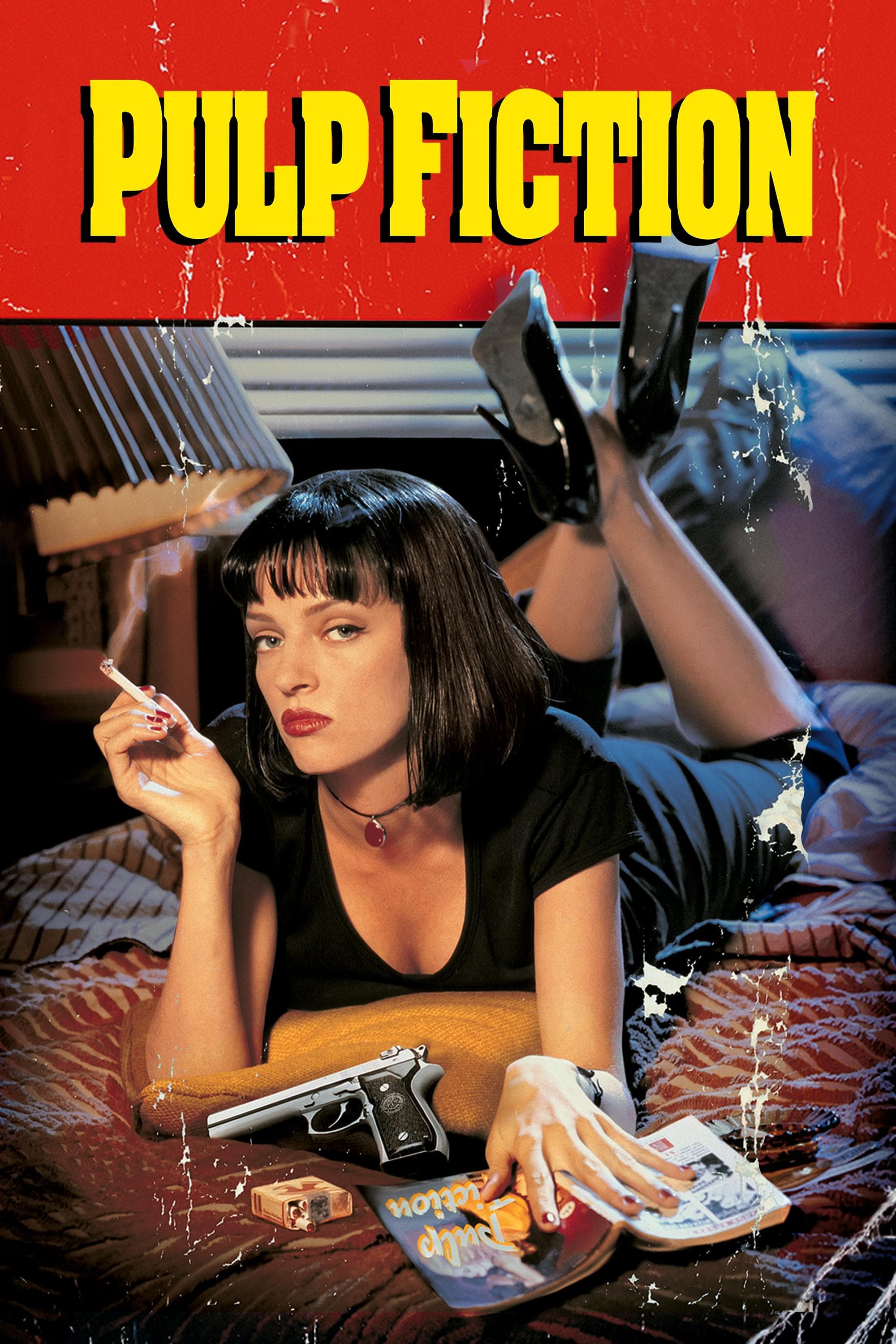
Pulp Fiction
1994
Rate this movie
Average: 4.00 / 5
(1 votes)
Director
The film that most influenced the nineties: violent, asynchronous, and verbose, it is a fundamental work for understanding the change in cinematic culture concerning the gangster movie genre, but, indeed, for the entire entertainment industry. It is not merely a milestone in the landscape of contemporary noir, but a veritable cultural watershed that redefined narrative conventions and visual style, inaugurating a postmodern aesthetic that would become the stylistic hallmark of a decade and beyond. Its irreverent structural freedom and the audacious blend of pulp fiction and sophisticated intellectual dialogues demonstrated that independent cinema could not only compete with major Hollywood productions, but surpass them in terms of impact and cultural resonance.
A new, sophisticated work, dense with dialogues, characters, and situations that significantly impacted the global cultural scene, not limited to influencing cinema but shaping an iconographic repertoire that has become part of everyone's lived experience. Consider Mia Wallace's iconic bob haircut, the irresistible twist choreography at Jack Rabbit Slim's, the philosophical conversation about the "Royale with Cheese" hamburger, or the disarming humor of the foot massage monologue. These are not mere film fragments, but true narrative and visual archetypes that have transcended the screen, deeply rooting themselves in collective memory and becoming essential reference points in pop culture. It is a film that devoured its own genre, digested it, and returned it in the form of an experience that is both cerebral and visceral.
Quentin Tarantino, two years after Reservoir Dogs, the film that brought him to the attention of critics and audiences, delivers a magnificent gallop through the city's strong souls: gangsters with biblical overtones, cocaine-addicted killers returning from Amsterdam, double-crossing boxers, sodomized bosses, sodomite policemen, bored and sophisticated drug-addicted vamps, robbers who like to call themselves "Honey Bunny" and "Pumpkin," and very hospitable drug dealers. This gallery of marginalized figures, each sculpted with almost maniacal precision, lives and breathes in an ambiguous moral universe, where the most brutal violence mixes with moments of unexpected tenderness or mundane everyday life. Jules Winnfield, portrayed by a Samuel L. Jackson in a state of grace, is the most striking example of this complexity: a hitman who, while quoting Ezekiel 25:17 with murderous fury, is assailed by an epiphany of redemption. Or Vincent Vega, the amazing John Travolta in the role that redefined his career, who gets lost in digressions about European culture while preparing to commit heinous acts. Their humanity, often dysfunctional but always present, is the pulsating heart of the film, making these "monsters" strangely empathetic.
Its characters are always poised between moral devastation and tender disillusionment: a pack of angels ravenous for lived experience, fallen from some sky into the sordid underworld of the City where they fight to the death for a breath of air. They are neither heroes nor anti-heroes in the classical sense, but rather wandering spirits in an urban purgatory, searching for meaning, a place, or simply survival. Their vulnerability emerges in the most unexpected dialogues, in the pauses, in the glances. It is a fresco of the human condition in its rawest yet incredibly poetic aspect, where violence is a given, but not the only dimension of existence. Tarantino paints them with bold strokes, imbuing them with an almost pictorial vitality, like figures by a modern Caravaggio, illuminated by a dramatic light that enhances both their ugliness and their rare glimmers of humanity.
A work that marked the debut of "partitioned" temporal scanning, a kind of Tarantino trademark begun with Reservoir Dogs and reaching its peak in this film: each scene is detached from the film's chronological context. This technique, far from being a mere stylistic display, is intrinsic to the auteur's vision, allowing for the exploration of the ramifications of characters' choices, creating suspense through foreknowledge of subsequent events, and lending an almost mythological breadth to individual storylines. It is not simply a break from linearity; it is a conscious reorganization of narrative time, allowing one to dwell on details, explore psychological nuances, and construct a more complex and layered mosaic of interconnected stories, recalling in certain aspects the narrative constructions of Akira Kurosawa in works like Rashomon, albeit in a totally different context.
Time, like the dialogues, is often governed by a syncopated diachronic temperament, almost a jazz score that spontaneously intertwines with the narrative, crossing its rhythms and breaking its linearity. Dialogues are not simple exchanges of lines; they are philosophical aphorisms, pop culture digressions, intimate confessions, and icy threats, often held at a register of subtle tension that can explode at any moment. The non-linear structure of the narrative, fragmented into seemingly autonomous episodes that only at the end reveal their intricate tapestry, not only challenges narrative conventions but compels the viewer to active involvement, to a constant re-elaboration of information, transforming the viewing into an almost interactive experience. This temporal disarticulation, far from generating confusion, creates a sense of ineluctable destiny, where past, present, and future influence each other in an endless cycle of cause and effect.
A work that delves into the metropolitan soul of each of us, with editing and direction of maniacal virtue, boasting masterful performances and deliciously brutal, dialectically gigantic dialogues. Tarantino's direction is a calibrated virtuosity: the skillful use of the steadycam, the famous "trunk shots," the long uninterrupted sequences that give space to actors and dialogues. All of this is amplified by a soundtrack that is much more than mere accompaniment; it is an eclectic selection of surf rock, soul, and pop tracks that become an integral part of the narrative, commenting on, anticipating, or contradicting the action on screen. The acting performances are nothing short of legendary: from the renaissance of John Travolta, to the enigmatic grace of Uma Thurman, to the charismatic explosiveness of Samuel L. Jackson, and the rugged vulnerability of Bruce Willis. Every actor is a perfect cog in this impeccable narrative machine, helping to create unforgettable characters whose brutality is often balanced by a profound, sometimes grotesque, honesty.
One is magnetically drawn into the stories of each of these anti-heroes and would never want to leave them. The enchantment of Pulp Fiction lies precisely in its ability to envelop the viewer in a parallel universe, where violence is aesthetic and the characters, though immersed in moral degradation, shine with an almost mythological light. It is not just a film to watch, but an experience to live, a journey into a labyrinth of stories that, once undertaken, one refuses to abandon, remaining indelibly imprinted on the collective consciousness as a timeless and unprecedented masterpiece.
Main Actors
Country
Gallery
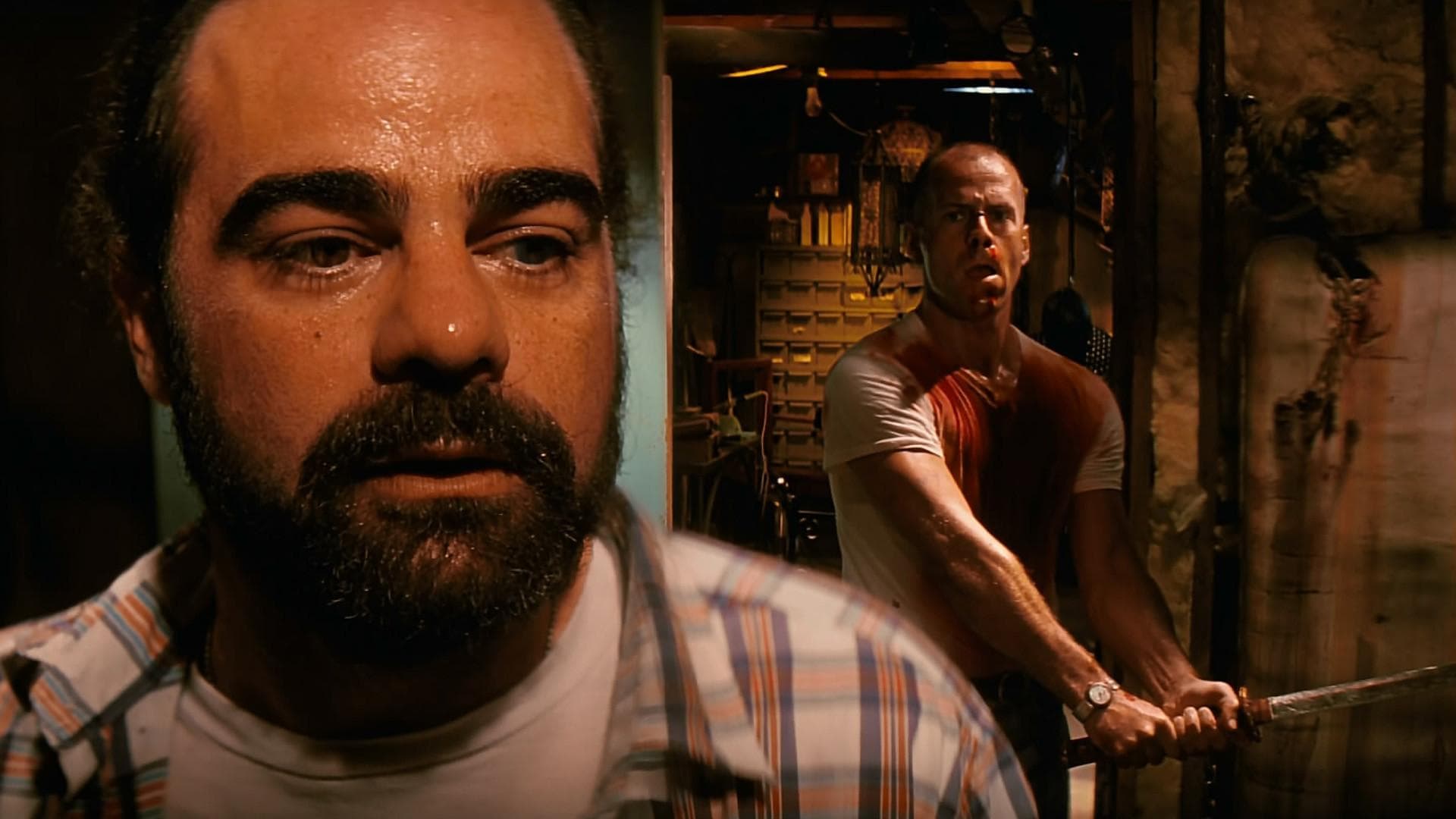
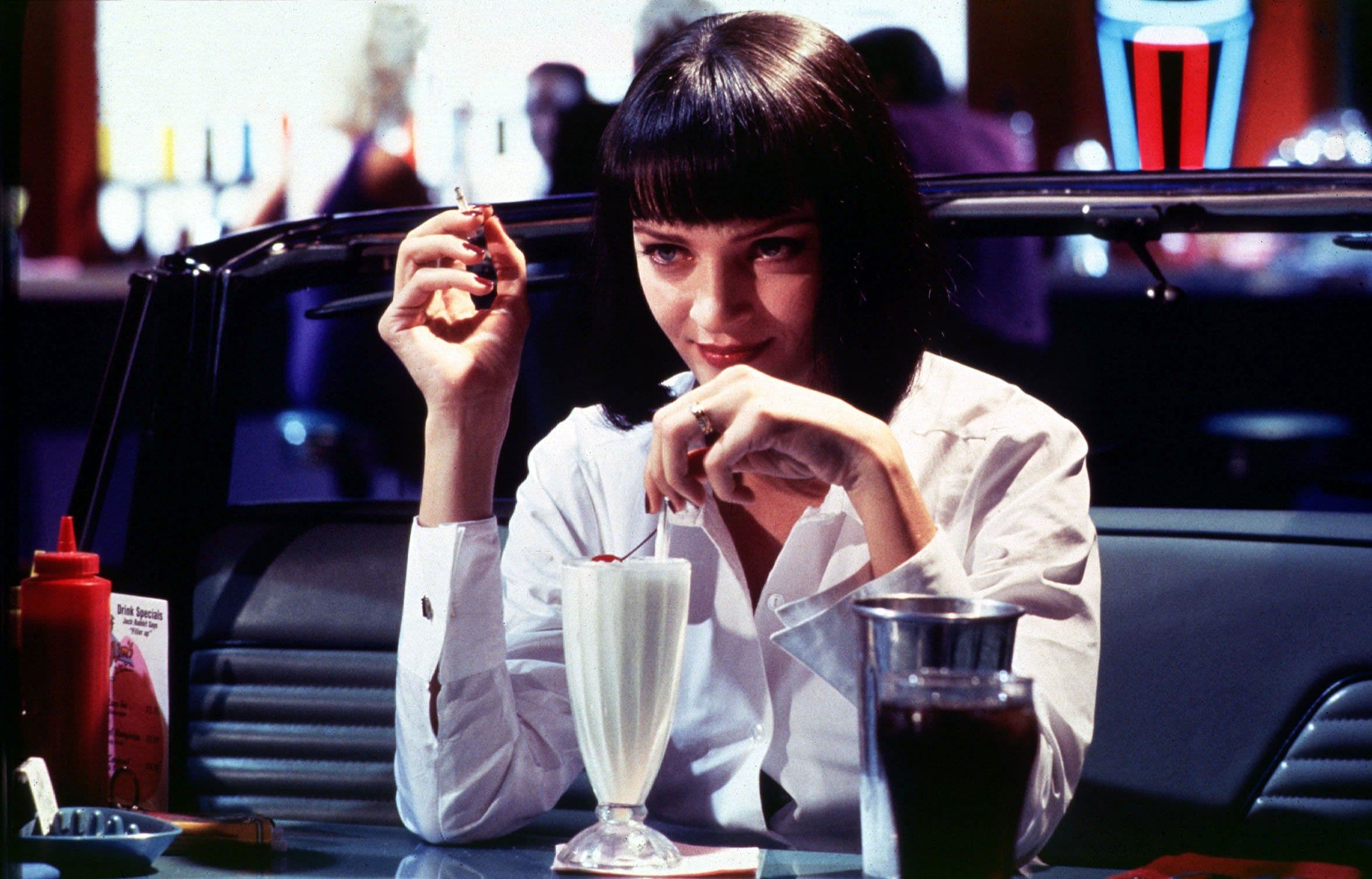
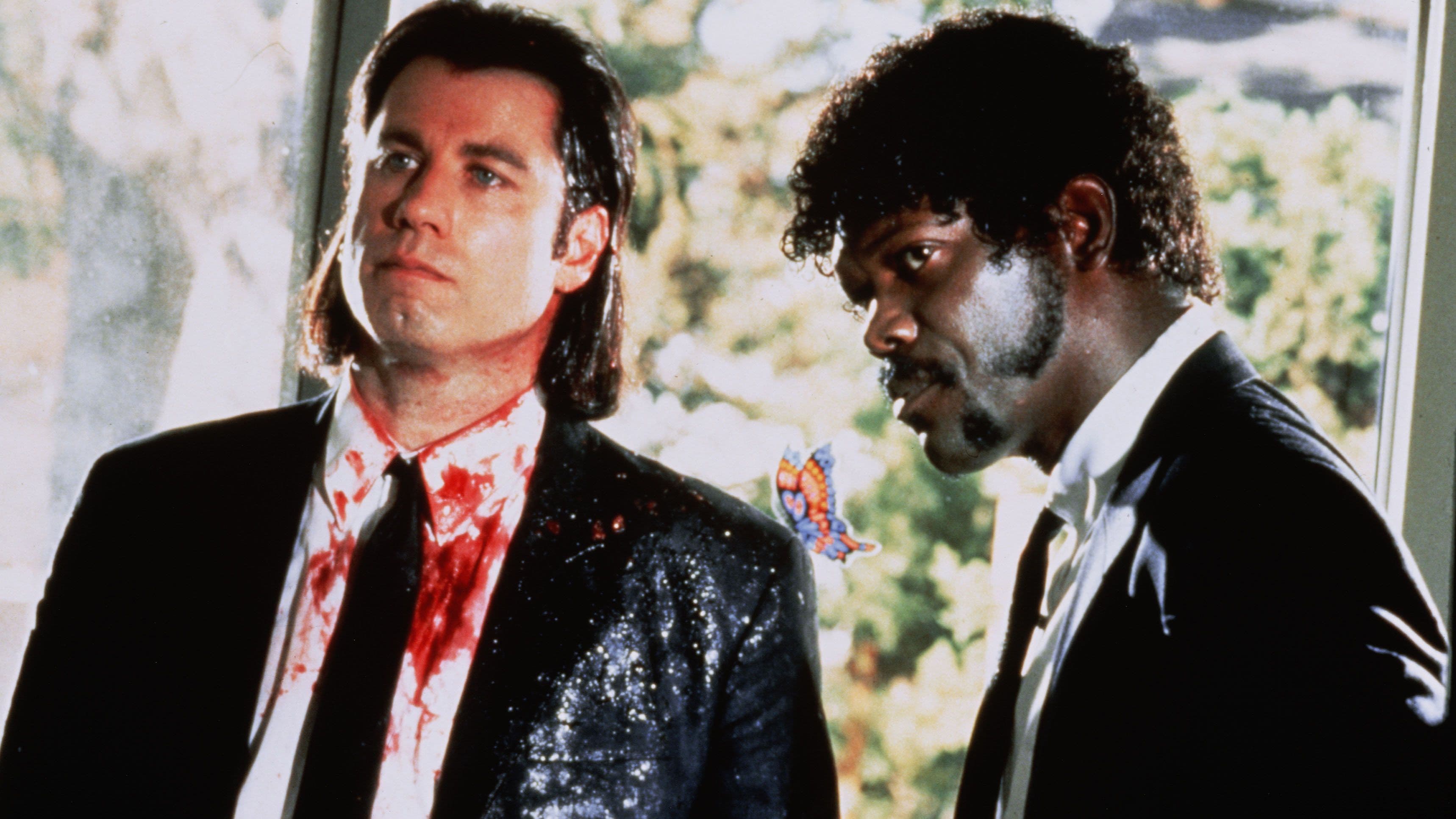

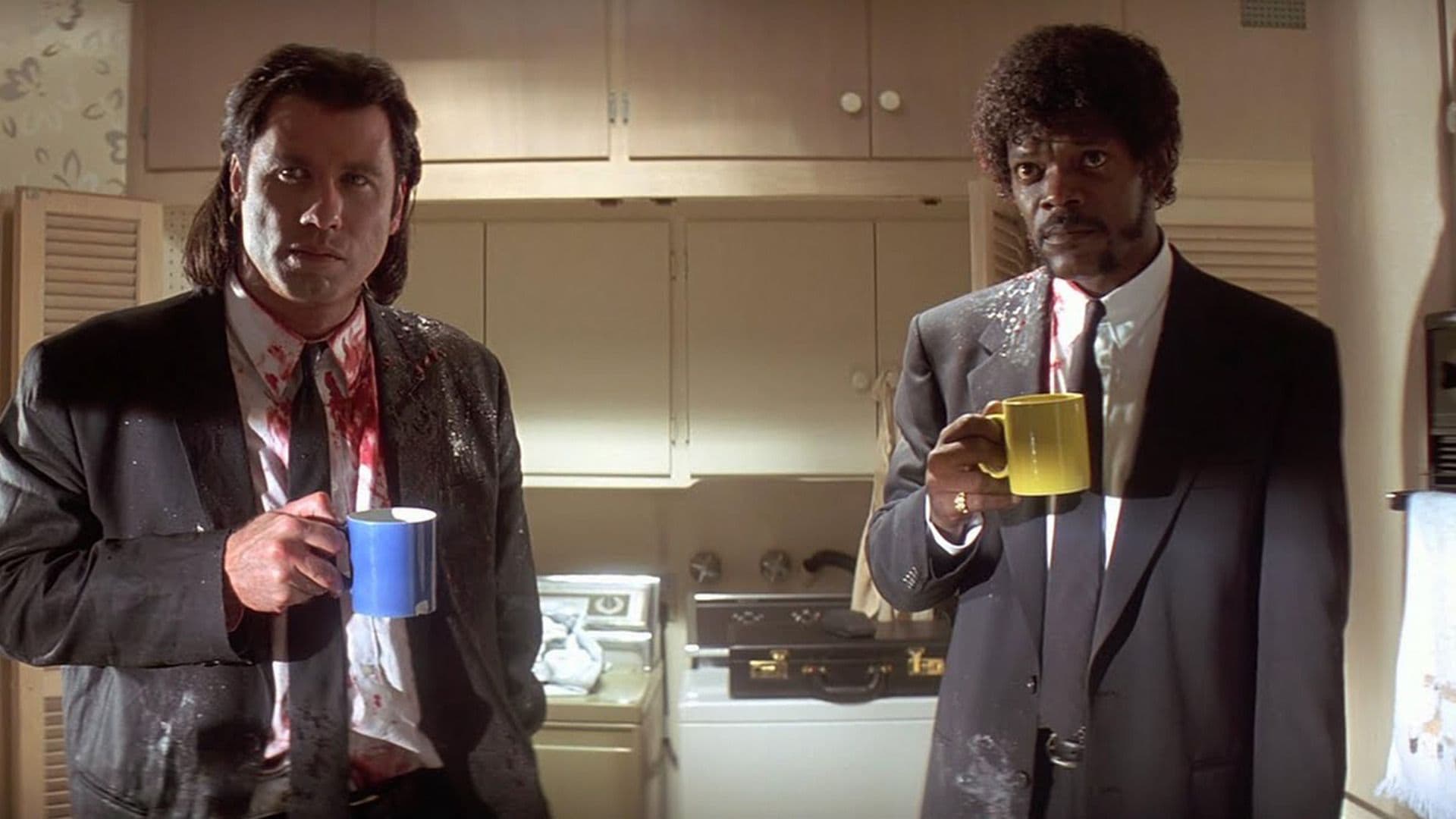
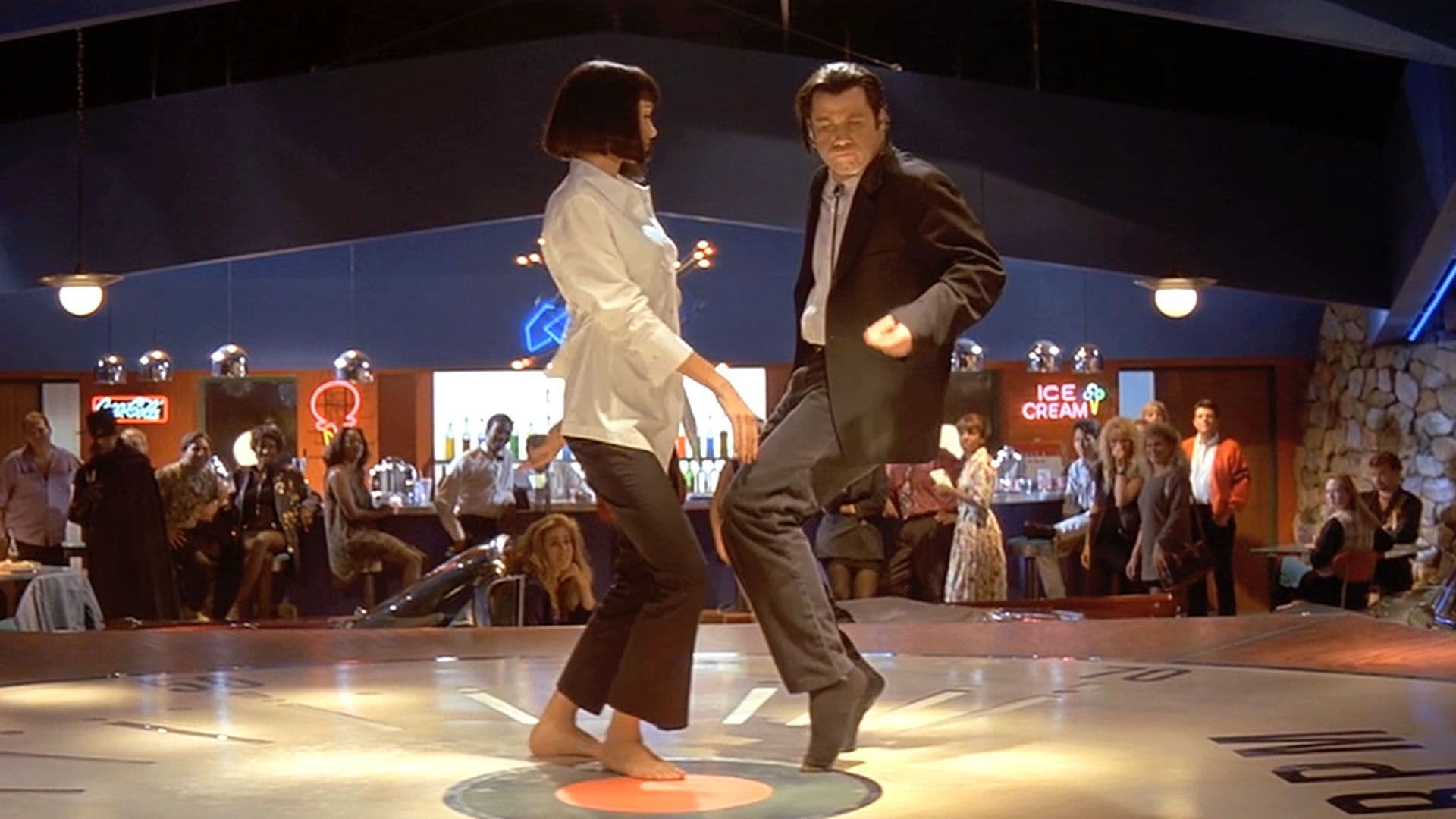


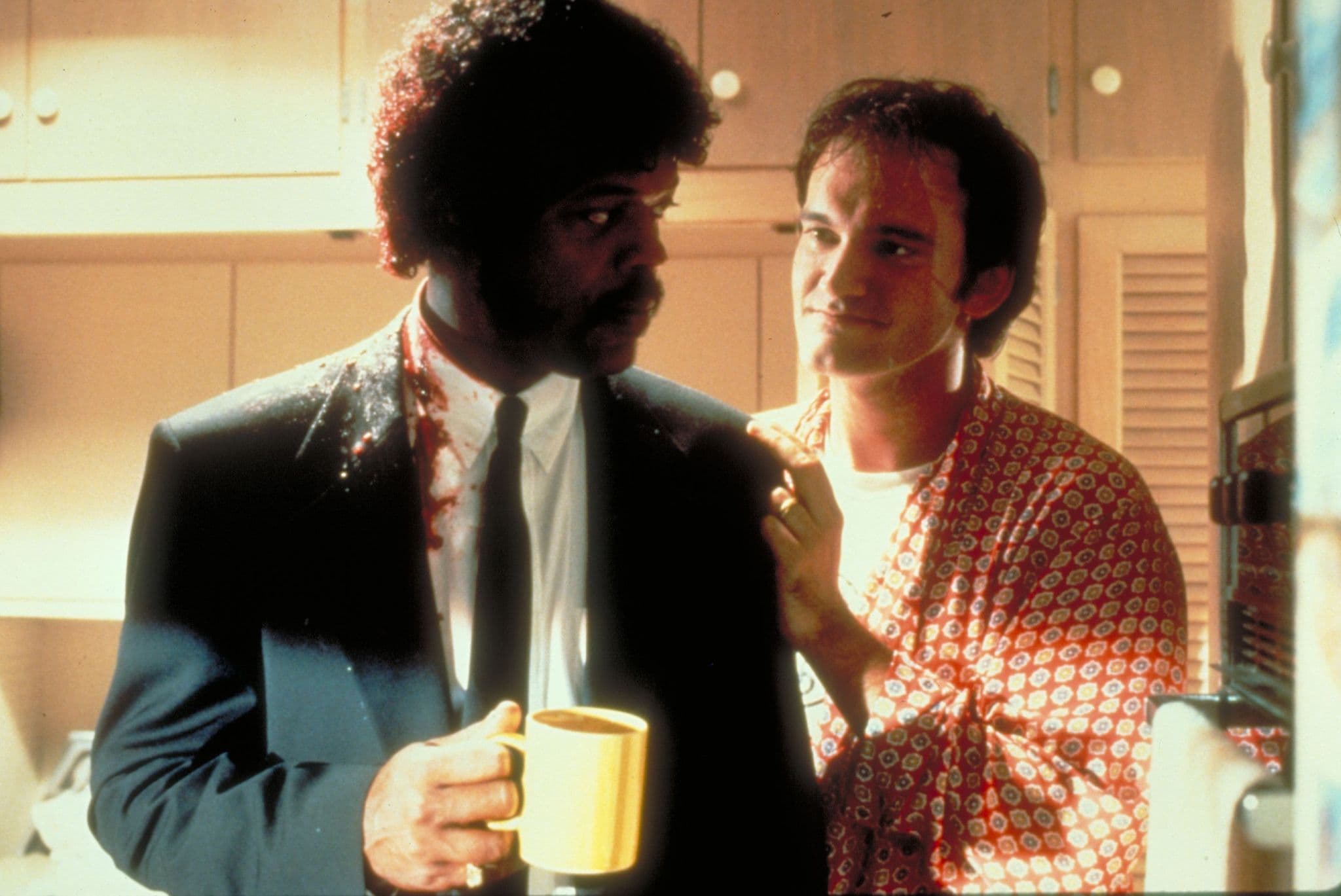
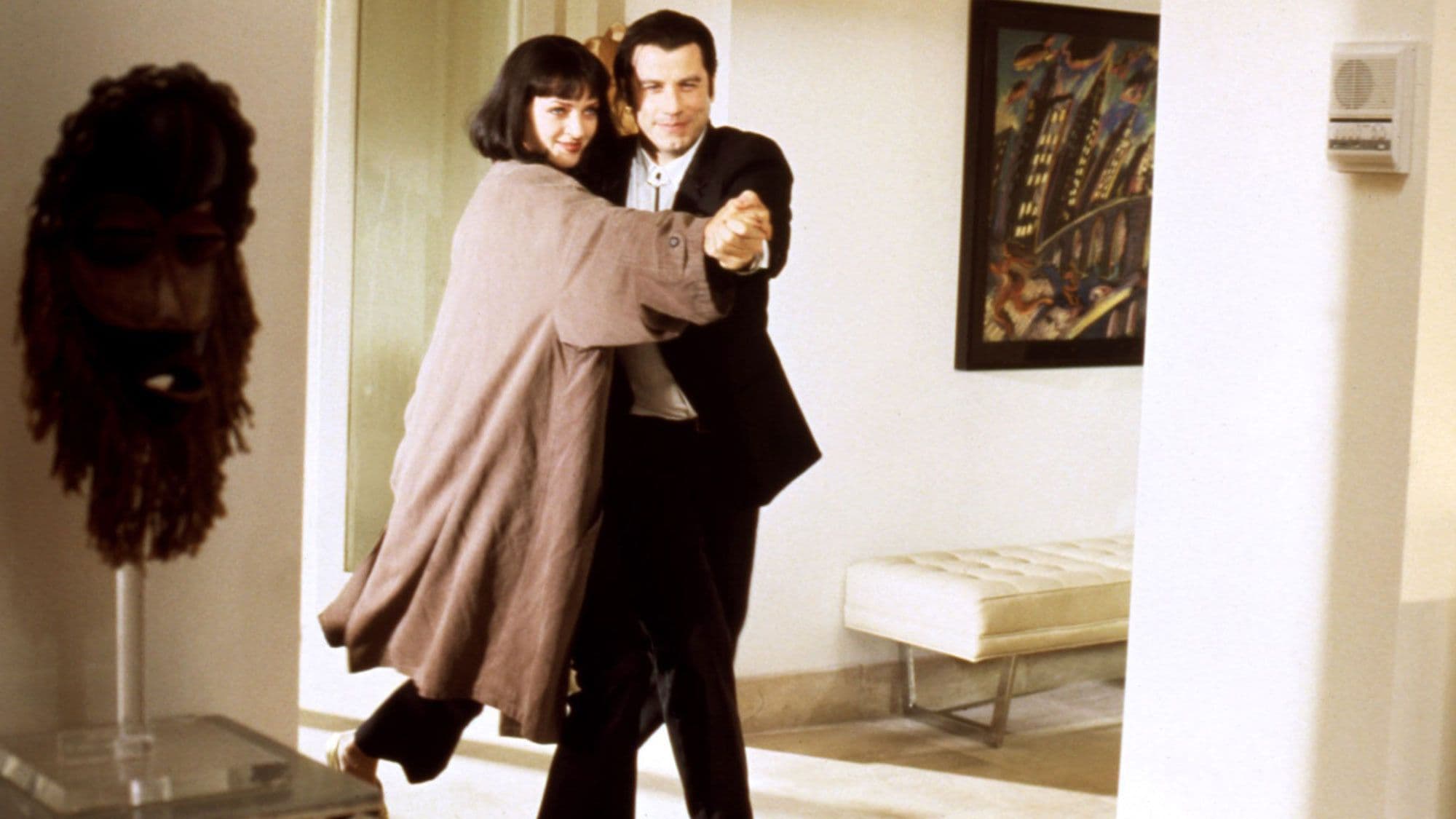

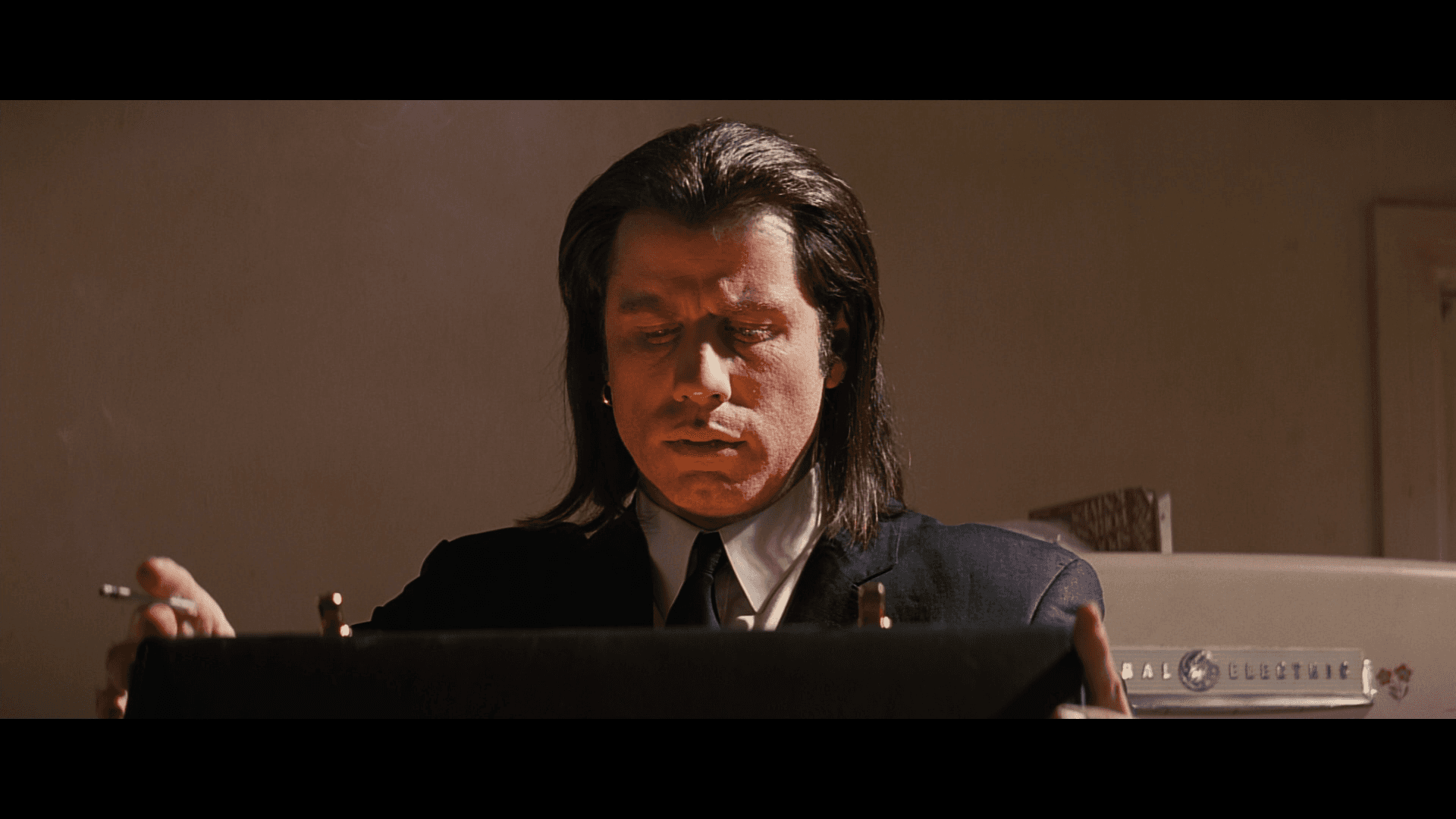
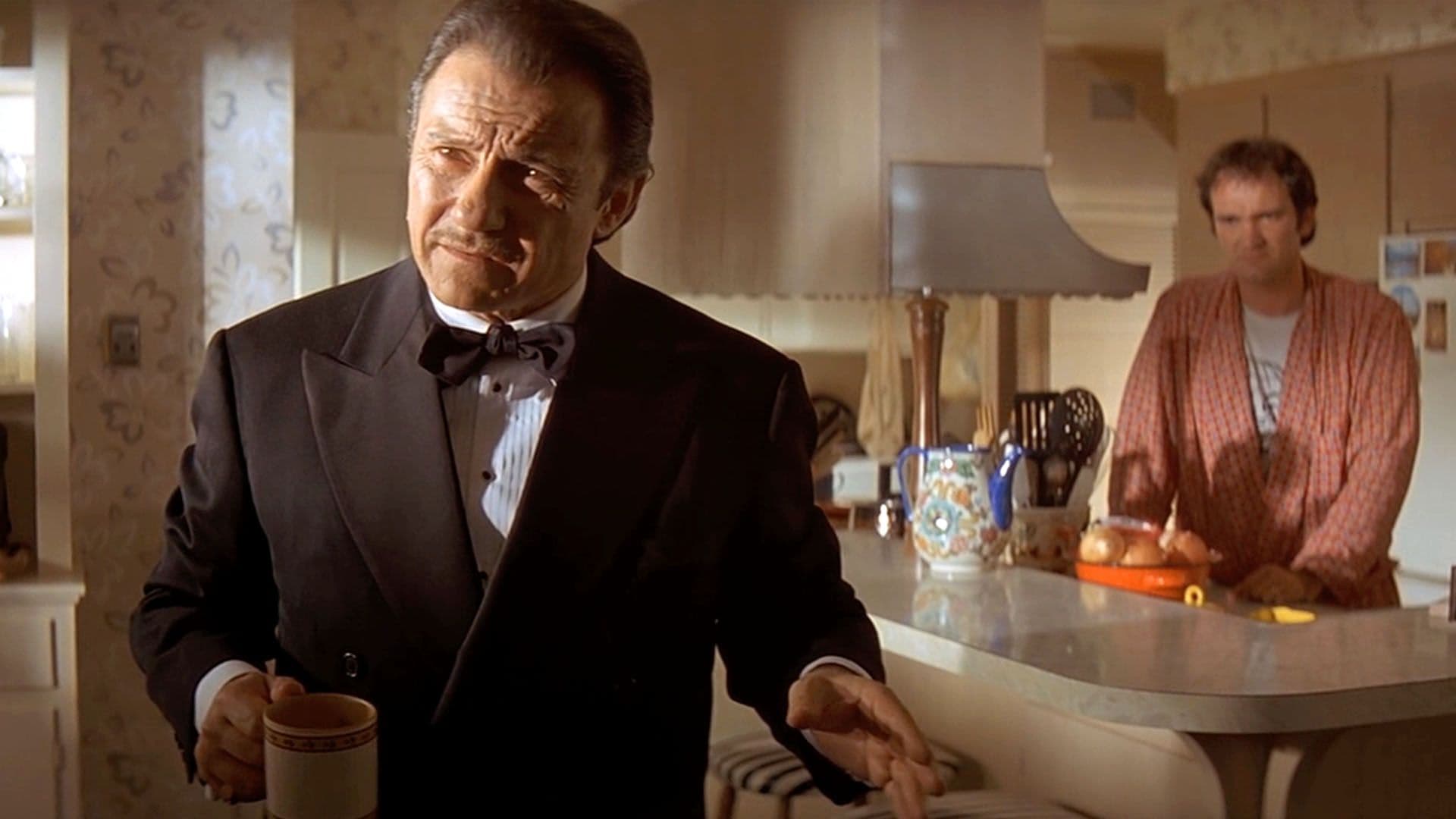
Comments
Loading comments...